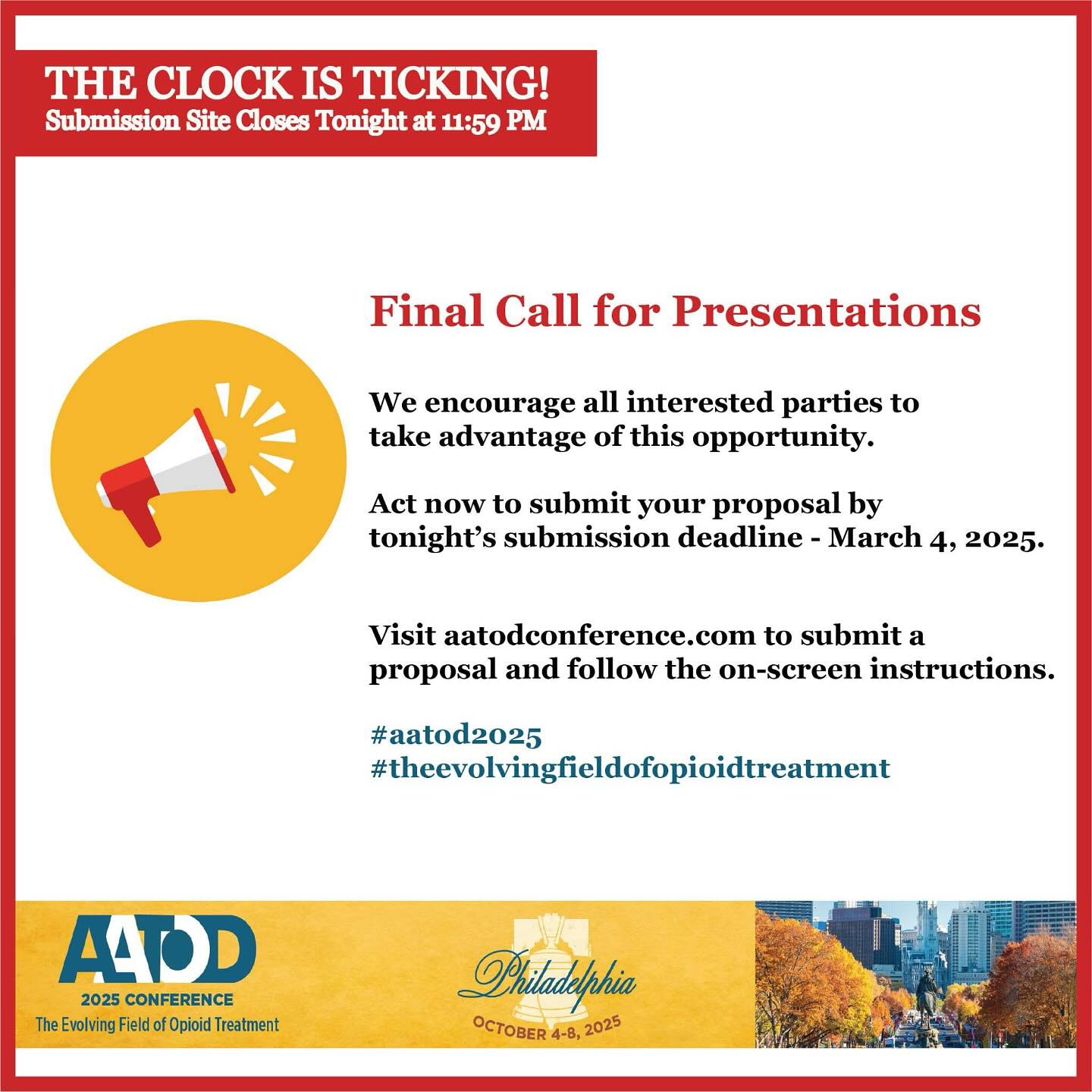AATOD asked Board members to provide some preliminary information about patient and staff COVID-19 infection and to report on current conditions in obtaining personal protective equipment (PPE). At the outset, it is important to underscore that the survey was not meant to be scientific in nature. The survey was extremely brief and its intent was to provide a snapshot of patient and staff infection rates. AATOD will be working with research organizations in an effort to obtain more detailed and scientifically accurate data.
Survey Results:
COVID-19 Patient Infection Rates
Twenty-eight (28) Board members responded from the member states of AATOD. The clear majority of the Board members’ programs reported patient infections of 5 or less. Some programs reported zero patient infection. Please keep in mind that these data typically represented information from one or two programs and did not represent statewide reporting. While it is too early to draw any conclusions from such data, it does represent an encouraging finding as of May 15, 2020.
Staff Infections
COVID-19 staff infections also appear to be low. As of May 15, 2020, four AATOD Board members reported comparatively higher staff infection rates in Missouri, Connecticut, Washington State and New York State. Once again, these are early numbers and are expected to change. Additionally, these data do not represent statewide findings. This clearly reflects the risks that are associated among healthcare workers in the OTP environment.
Personal Protective Equipment (PPE)
As many of you know, obtaining personal protective equipment (PPE) for OTPs was a critical challenge in the first four to six weeks of COVID-19 reporting, beginning in mid-March 2020. The HHS/SAMHSA Assistant Secretary, Dr. Elinore McCance-Katz wrote a letter on March 25, 2020, which declared OTPs as essential medical services, providing greater access to personal protective equipment. Director James Carroll of the White House
Office of National Drug Control Policy released a letter on April 23, 2020 to the substance use treatment community, indicating that our treatment facilities represented front line healthcare workers, needing immediate access to PPE. Based on the AATOD informal Board member survey, it would appear that their treatment programs are currently able to obtain personal protective equipment with some exceptions, including face shields and gowns.































